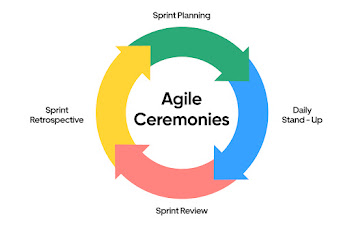What are the different environments in a software development team?
In a software development team, there are typically four different environments that play crucial roles in the development life-cycle:
- Development Environment
- Testing Environment
- Staging Environment
- Production Environment
Development Environment:
This environment can be set up on individual workstations or on a shared server. Developers typically use Integrated Development Environments (IDEs) that provide tools for coding, debugging, and version control.
Testing Environment:
This environment is a replica of the production environment, but with potentially less powerful hardware to save on resources. The QA (Quality Assurance) team uses various testing tools and methodologies to ensure the software functions as intended and meets quality standards.
Staging Environment:
Developers use this environment to perform integration testing, ensuring all features work together seamlessly. Additionally, system administrators can perform performance testing to assess the software's stability and scalability under load.
Production Environment:
This is the real deal! The production environment is where the final, polished software is deployed and made available to end-users.



Comments
Post a Comment